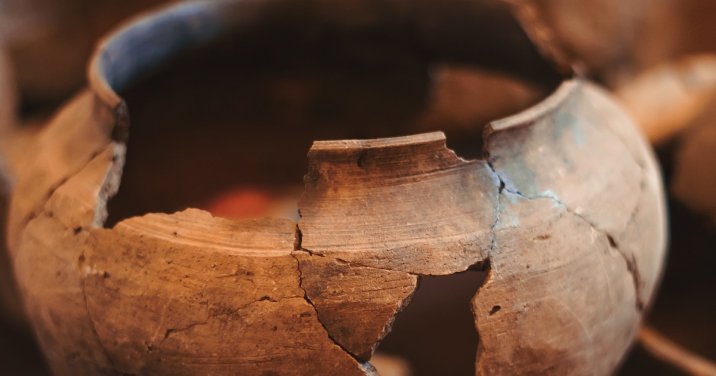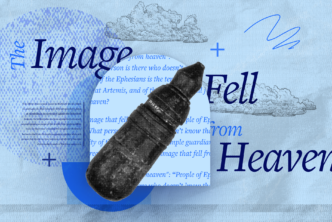Archaeologists study ancient cultures through the careful exhumation and examination of artifacts; their work sheds light on important biblical questions. For example, nearly all of the pottery unearthed in Galilee came from a single Jewish village and not from gentile potters, suggesting that contrary to the notion that Galilean Jews were “more lax” or “less strict,” they were actually highly observant of Jewish food and cleanliness laws.
In another study of ancient pottery, there was a long-held contention that the clay jars containing the Dead Sea Scrolls were not connected to the nearby ruins of Qumran. However, archaeologists were able to prove conclusively that the pottery found in Qumran and the jars found in the caves were made of the same clay, and so were inextricably linked.
Take a course in archaeology right in your living room
Unearth more fascinating pieces of history with scholar and archaeologist Dr. Craig Evans in his Mobile Ed course Archaeology and the New Testament. You’ll learn the fundamentals of archaeology, discover how archaeology informs us about the lifestyle and daily reality of Jesus and his apostles, and most importantly you’ll come away from the course with reliable archaeological evidence to support tenets of the faith like the Crucifixion and Resurrection of Christ.
Explore Archaeology and the New Testament now.






